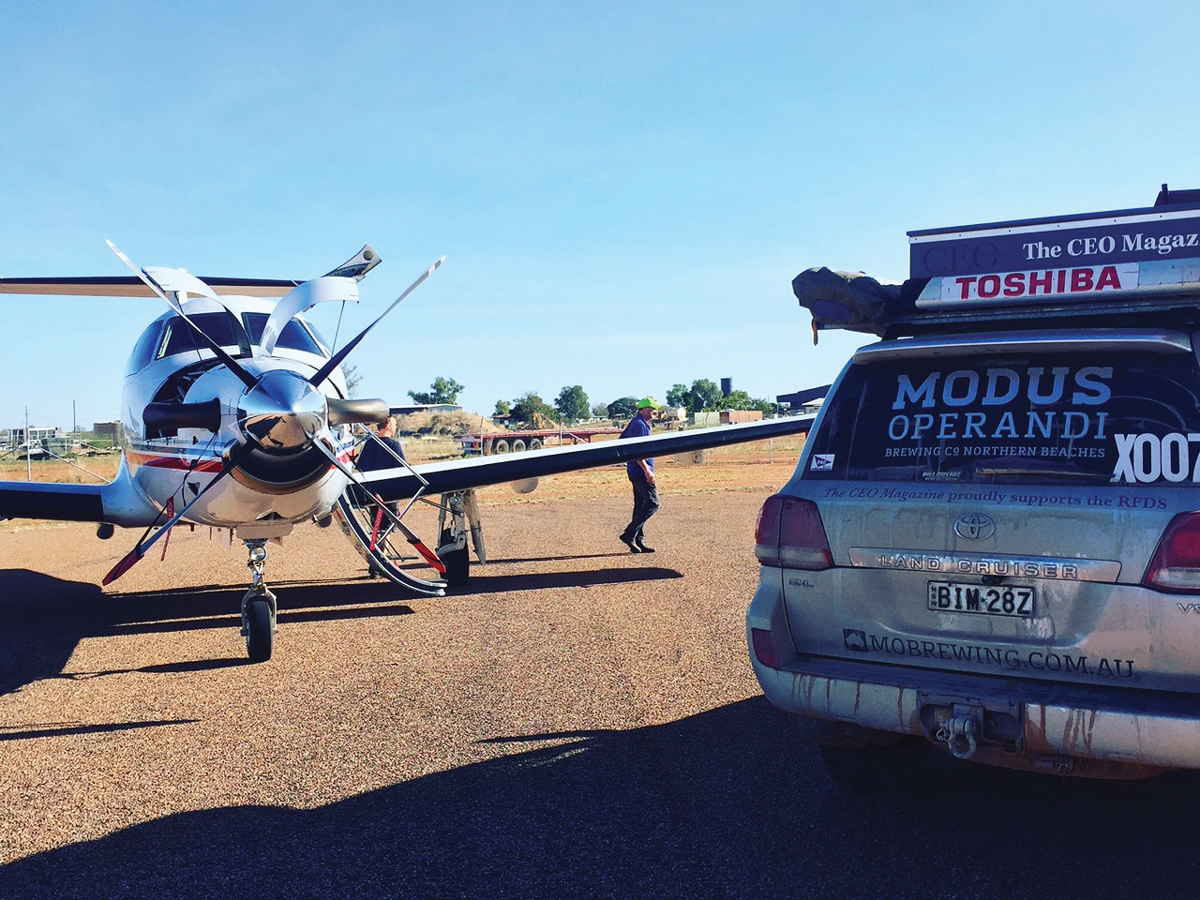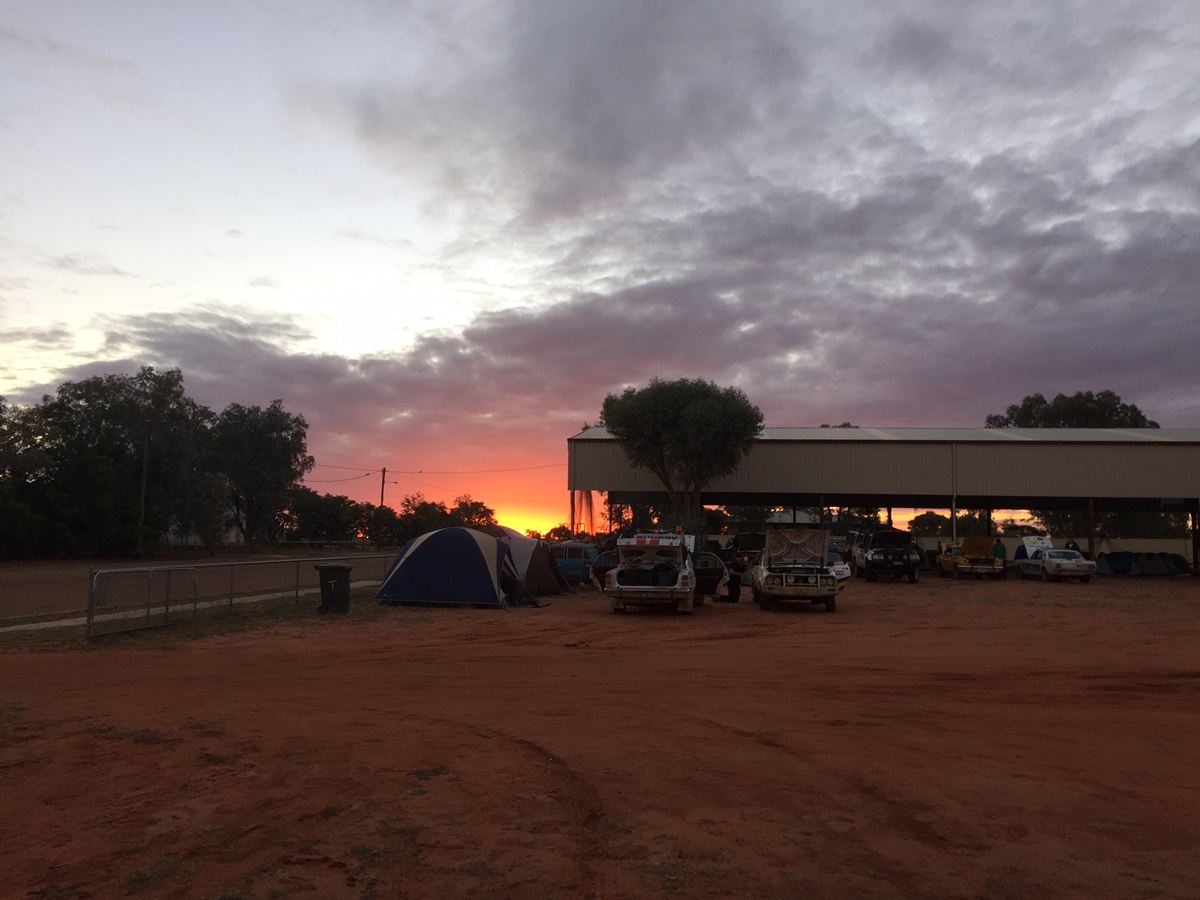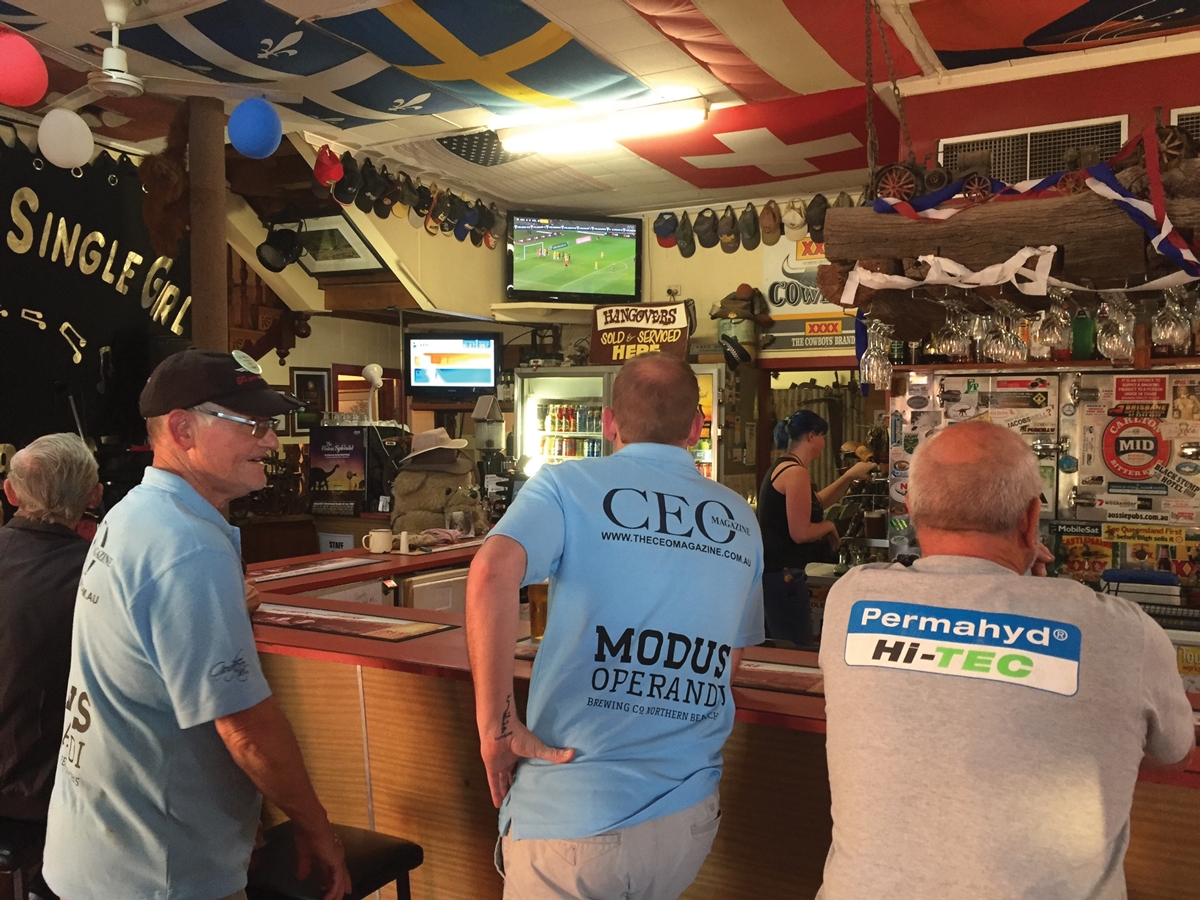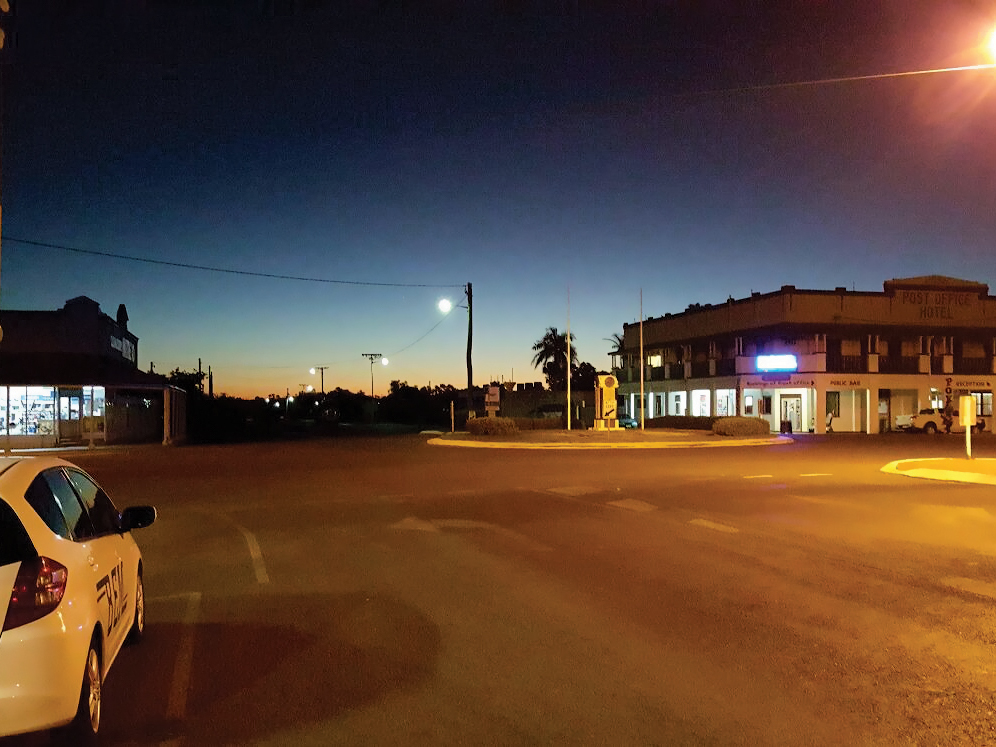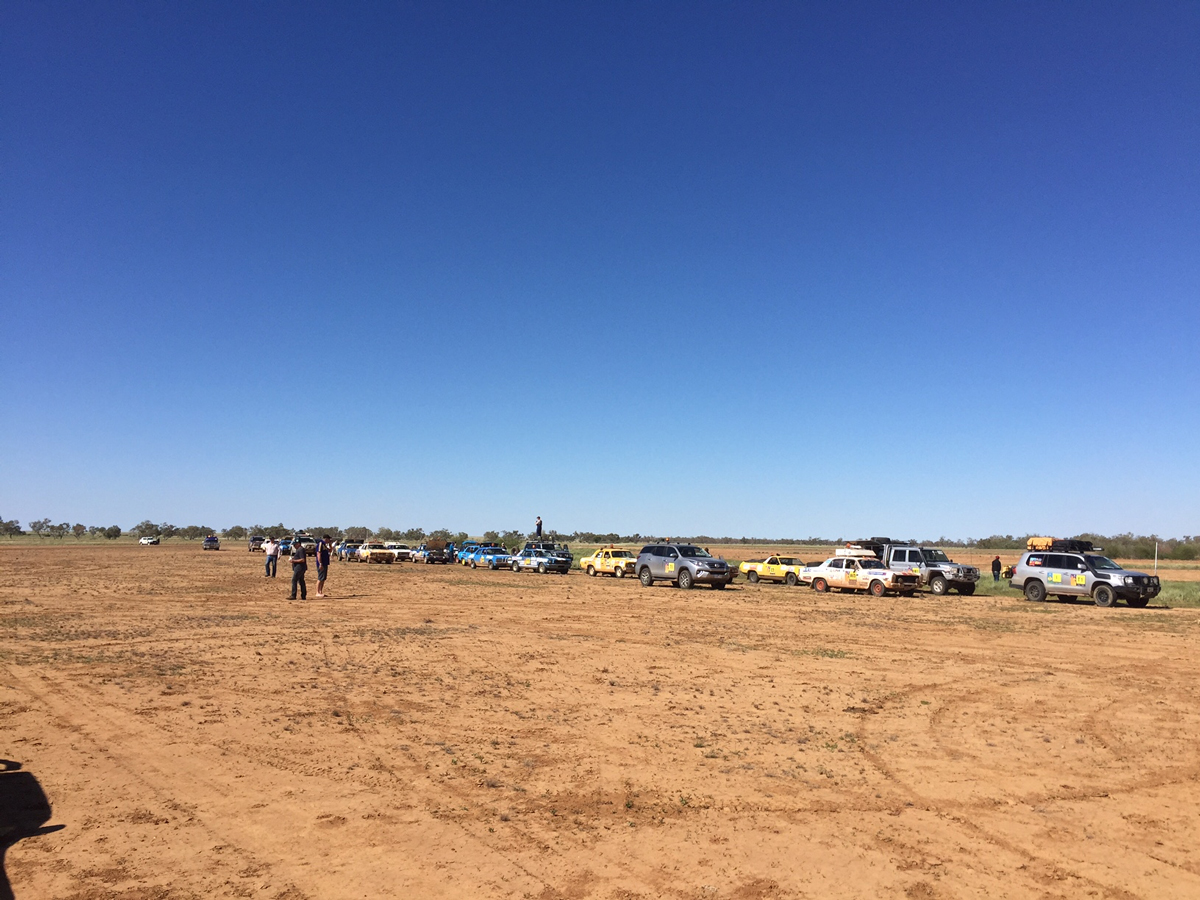The Royal Flying Doctor Service is a charity that The CEO Magazine is happy to support, endorse and raise funds for. And when you add the thrill of driving some 3,500 kilometres to some of the remotest parts of Australia in doing so, the cause becomes much more augmented.
For the second year in a row, The CEO Magazine sponsored a support vehicle in the Outback Car Trek under the guidance of Captain Michael Pollard; the 2016 trek being the twenty-seventh anniversary of the event which is the Royal Flying Doctor Service’s biggest fundraiser and most important source of much-needed money.
The Royal Flying Doctor Service is a charity that deserves special attention. It is one of the largest and most comprehensive aeromedical organisations in the world, providing extensive primary health care and 24-hour emergency service to people over an area of 7.3 million square kilometres. Last year alone, its fleet of sixty-six aircraft flew 26,847,325 kilometres which is the equivalent of thirty-four trips to the moon and back, or more than 600 flights around the Earth. Many lives are saved and thousands of people are given medical treatment every year in some of the harshest of Australian terrain; it’s an incredible and much-needed service.
Last year alone, its fleet of sixty-six aircraft flew 26,847,325 kilometres which is the equivalent of thirty-four trips to the moon and back
This year, the Outback Car Trek left the New South Wales town of Narrabri and made the 3,500 kilometre trek — mainly off road — to end up in Port Douglas, some seven days after the first engines were started. About 150 vehicles and 350 people embarked on the ambitious route all with raising funds for ‘the doctor’ at the forefront of their minds. That and beer. Lots of beer.
Speaking of beer, The CEO Magazine was joined in sponsoring by a gem of a local brewery near our Head Office in Sydney called Modus Operandi. In addition to the many kilos of camping gear, water, and general paraphernalia that is required for a 3,500 kilometre off-road car trek, some 130 cans of a lip smackingly good Modus Pale Ale were set to chill in the on-board fridges to provide a much-needed quench for our thirst after a hard day’s off-road driving.
Of course, chilled beer alone would not have been sufficient to tame the thirst of our tired trekkers, and Godfrey Wines were very generous in furnishing us with some top notch red wines, including Polished — a premium quality Barossa Shiraz Cabernet, and Edward I — a Barossa Shiraz that warrants a serious nod of the hat to the talented winemaker, Sandy Godfrey. A big thanks to all who made the trek a success.
Day 1: Narrabri to Cunnamulla – Sunday 5 June
Situated in the fertile Namoi Valley of north western New South Wales, Narrabri is renowned for the production of some of the world’s highest quality wheat, cotton, fat lambs, and beef, as well as being the home of several world-class agricultural and scientific research facilities. Warmer weather was the top of many Trekkers’ minds as the vehicles crossed the wide open spaces towards the overnight stop in Cunnamulla, at the crossroads of the Matilda Highway and the Adventure Way.
Day 2: Cunnamulla to Windorah – Monday 6 June
Cunnamulla is an aboriginal word meaning ‘long stretch of water’ and is well known for its larger-than-life depiction of the famous Stan Coster poem, The Cunnamulla Fella. As the wide streets and even wider verandahs of Cunnamulla slipped quickly behind, we left town over the Warrego River to continue the north-western odyssey. The trek mainly used private farm roads, before it reached Erromanga, the Australian town that lays claim to being the furthest from the ocean in any direction. From here it was a couple of hours of leisurely driving across the grey soils of south western Queensland before arriving at Windorah, the centre of ‘channel country’, which acted as home for the night.
Day 3: Windorah to Winton – Tuesday 7 June
Saying farewell to Windorah, we followed a northward track and shadowed the Thomson River to the tiny town of Jundah, and then up and over the rocky Quart Pot Range. From the top of the range, magnificent, panoramic views of the surrounding countryside stretched across to the Diamantina National Park in the distance — a truly jaw-dropping vision. As Winton crept closer, countryside took on that stony barren look and feel that speaks strongly of opal mining.
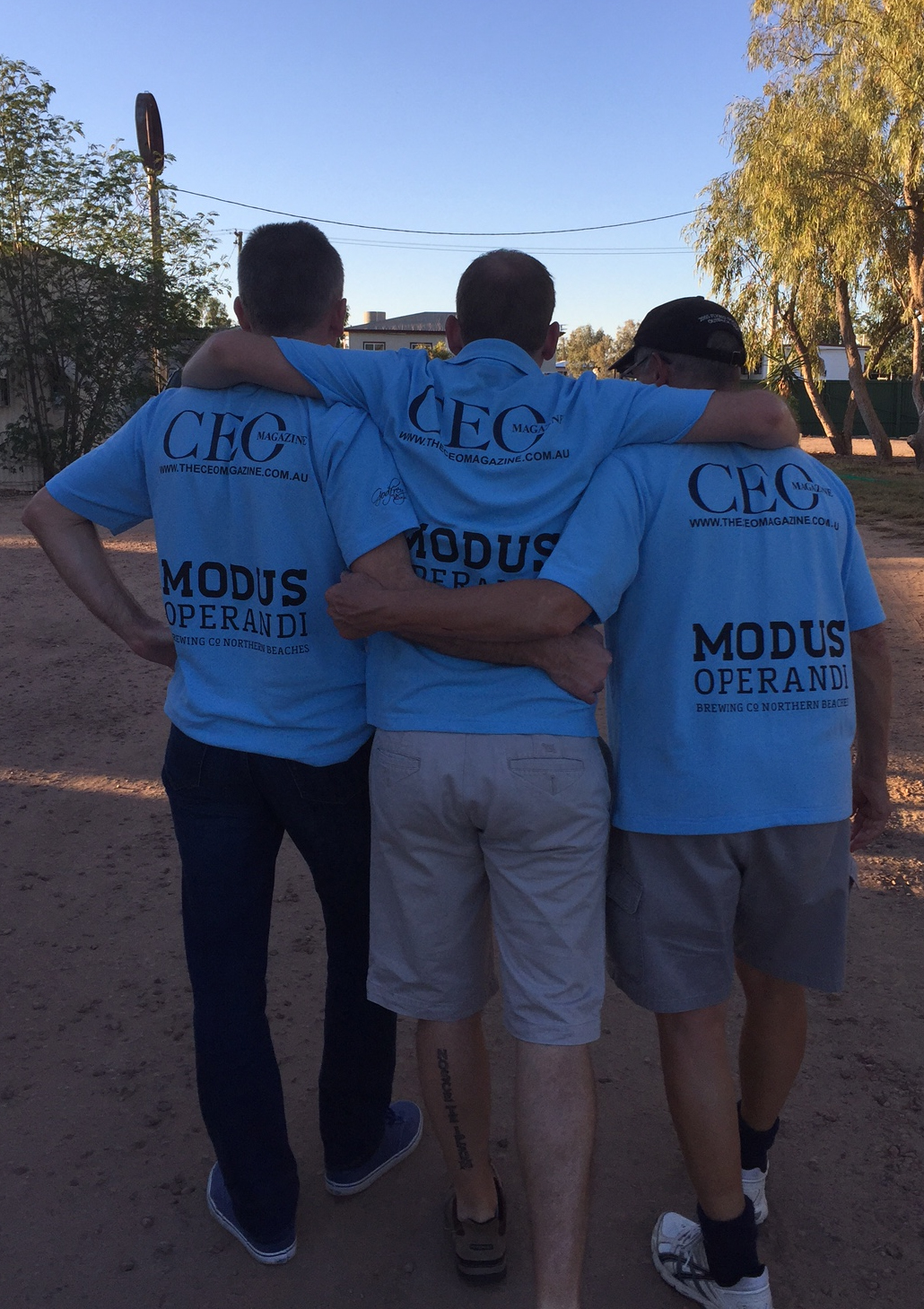
The CEO Magazine vehicle travelled through one of the largest opal fields in Queensland, where opal was first discovered in 1888, and the first mine was worked in 1894. In 1899,
the largest piece of pipe opal ever recorded was discovered at Opalton — it was more than 10 feet (3 metres) long and as thick as a man’s leg.
Winton is a quintessential Queensland town, boasting wide streets and a rich history. Famously, it is at Winton’s North Gregory Hotel that the first public recital of Waltzing Matilda took place in 1895.
Day 4: Winton to Cloncurry – Wednesday 8 June
In Central West Queensland, the wide open spaces were never more apparent, as we picked out the remote trails and tracks that took the trek between Julia Creek to the north and Boulia to the south. Many deserted locations were passed through that were originally settled to service the Cobb & Co network, which at its peak owned 3,000 horses travelling some 10,000 miles per week in Queensland alone.
After crossing the Diamantina River to the west of the Kangaroo Mountains, the trek headed north towards Cloncurry. Not far to the east of Mount Isa, the mountains and hillsides in this region are littered with many now defunct copper and gold mines that employed thousands of men in the early 1900s.
Cloncurry was the site of the first ever RFDS flight, on 17 May 1928, to Julia Creek. The John Flynn Place in Cloncurry is a wonderful museum that commemorates the founding of the RFDS.
Day 5: Cloncurry to Karumba Point – Thursday 9 June
The first Europeans to traverse this area were Burke and Wills on their epic, and ultimately fatal, transcontinental expedition in 1861. Burke named the Cloncurry River after Lady Elizabeth Cloncurry, his cousin.
For the first part of the morning’s drive The CEO Magazine vehicle followed the Cloncurry River northwards, crossing it at Fort Constantine; the site of the first pastoral run in the district, before making our way into savannah country along the bottom of the Gulf of Carpentaria.
A stark reminder of the Burke and Wills ill-fated search for an inland sea confronts you as you pass the site of Camp 119, their last camp prior to being turned back by the swampy marshlands that dot the southern end of the Gulf.
The CEO Magazine trekkers set up camp for the night at Karumba Point, which supports a vibrant prawning and fishing industry. In the late 30s the town was a refuelling and maintenance stop for the famous ‘flying boats’ of Qantas Empire Airways.
Day 6: Karumba Point to Musgrave – Friday 10 June
Leaving the waters of the Gulf of Carpentaria, the trek travelled north-westerly along the Burke Developmental Road. On the Cape York Peninsula, the high rainfalls of the Cape (2,000 millimetres per year) were apparent as we passed through thick vegetation and lush grasslands towards the penultimate night of the journey.
After crossing the crocodile infested Mitchell River, the drive slowly wound up the western side of the Great Dividing Range. Passing through cattle country, the destination for the evening was the Musgrave Roadhouse.
Day 7: Musgrave to Port Douglas – Saturday 11 June
Saturday was the last day of the trek, as we turned south west along the dirt Peninsula Development Road, through several large- scale cattle properties. The areas around Laura and Lakeland are home to the largest concentration of prehistoric rock art in the world, created some 50,000 years ago as the indigenous locals sheltered from the heavy rainfalls of the wet season.
The final leg into Port Douglas along the bottom edge of the Daintree National Park took us through a patchwork quilt-like mosaic of cane farms, to the point where the mountainous rainforests meet the sea. The finish line was on the edge of the Coral Sea at the Rex Smeal Park in the heart of the Port Douglas — some 3,500 dusty kilometres after we first fired up our engines.
The trek is a superb experience and a very worthwhile cause. You can find out more about the wonderful Godfrey Wines at godfreywines.net, and more information on the impressive range of Modus Operandi beers can be sourced at mobrewing.com.au. If you are interested in supporting the Royal Flying Doctor Service in the Outback Car Trek, hop over to outbackcartrek.com.au.

